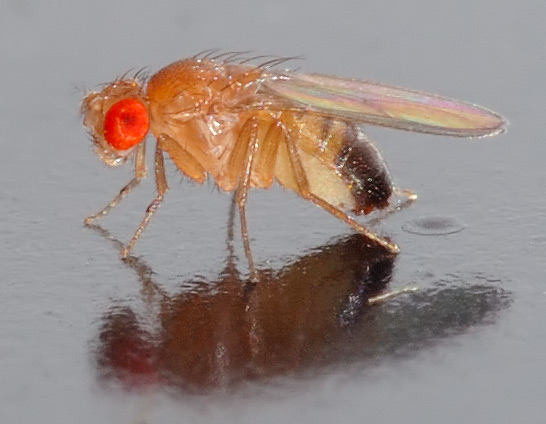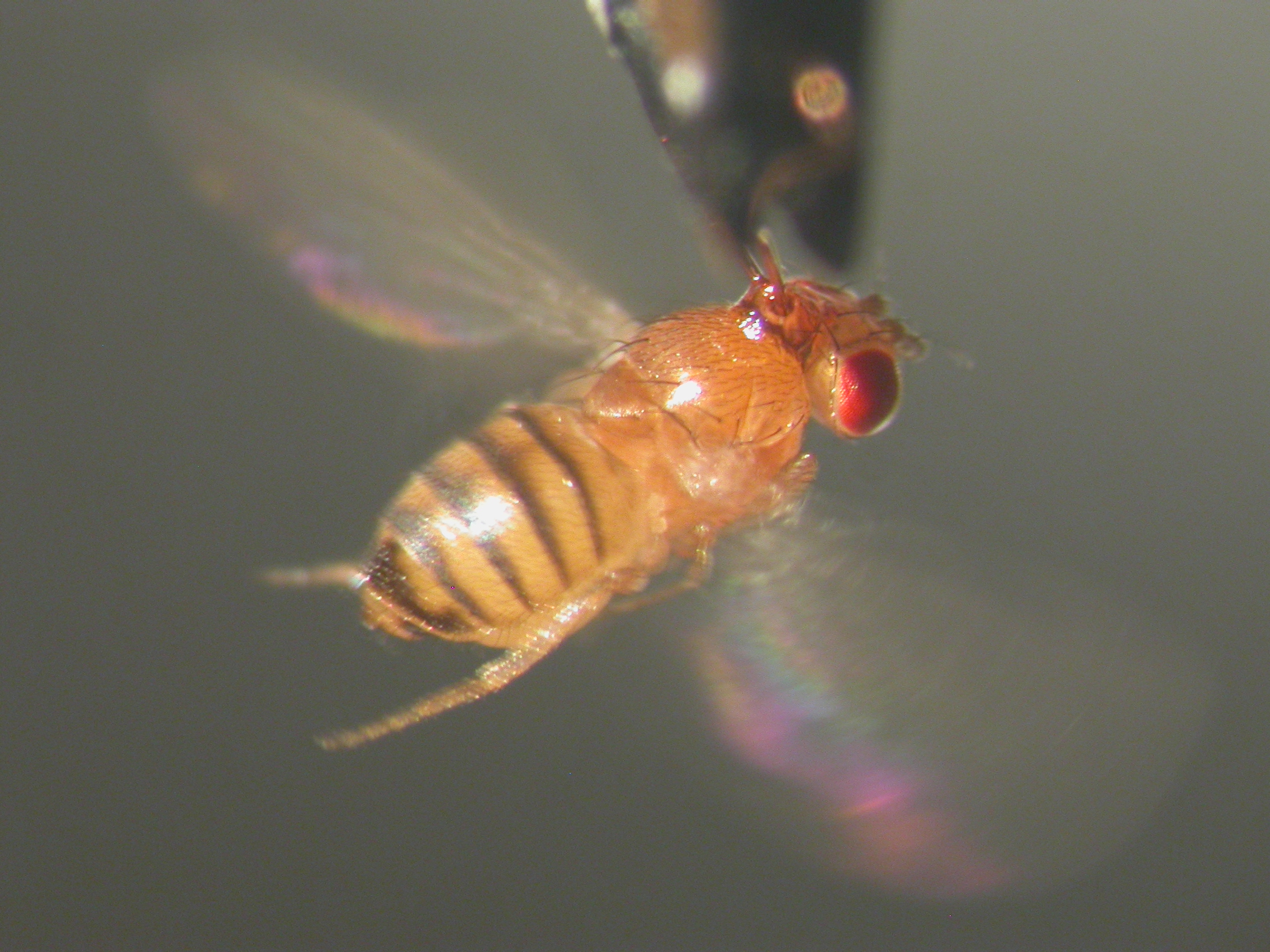 How many living species are there in the world?
How many living species are there in the world?
It's a huge question that no-doubt comes with a really huge answer. But finding that answer is no mean feat. Sending scientists out into the world to find, describe and name all the living things there are is a massive task.
Now scientists from America have come up with a possible new way of making the process a lot quicker and easier, and it involves scraping the splatter of dead bugs off a car windscreen.
In a paper in the journal Genome Research - freely available online - a research team led by Anton Nekrutenko of Penn State University have developed a piece of free online software called Galaxy to help make it easier to estimate biodiversity based on DNA sequences extracted from the environment - a process known as metagenomics.
Until now, metagenomics has been used to assess the diversity of microscopic creatures, including bacteria living in deep sea sediments or on the surface of human skin. Essentially it involves taking samples from the environment, reading sequences of DNA from those samples and using that to estimate the number of different species present in that environment.
If enough of the organisms present in your sample have already had their entire genomes sequenced, then it is possible to know what particular species live there.
The big problem with doing this is sifting through the vast amount of information that metagenomics generates. How do you go from having a bunch of DNA sequences to gaining a meaningful idea of the diversity of species in your samples?
That's where Nekrutenko and colleagues come in. They've created a metagenomic pipeline - information in one end, results out of the other - for other researchers to use and develop to make this whole process simpler and quicker.
They tested it out by driving two cars, one from Pennsylvania to Connecticut, and another from Maine to New Brunswick in Canada. They then collected the squashed insects that landed on the windscreens of the two cars and sequenced the DNA in each sample.
The team identified a number of insect and bacteria groups in their samples, and interestingly discovered a difference in the diversity of the two samples.
Clearly, the number of species that can be identified is limited by the number that have had their genomes fully sequenced. But the hope is that as sequencing techniques become easier and cheaper, the catalogue of available species will expand rapidly in the future.
As techniques like this develop they could provide a useful tool in rapidly assessing biodiversity in the world around us, for example to study the impacts of all sorts of human activities on wildlife.
- Previous Fisheries mixed up by climate change
- Next Tiny nuclear battery










Comments
Add a comment